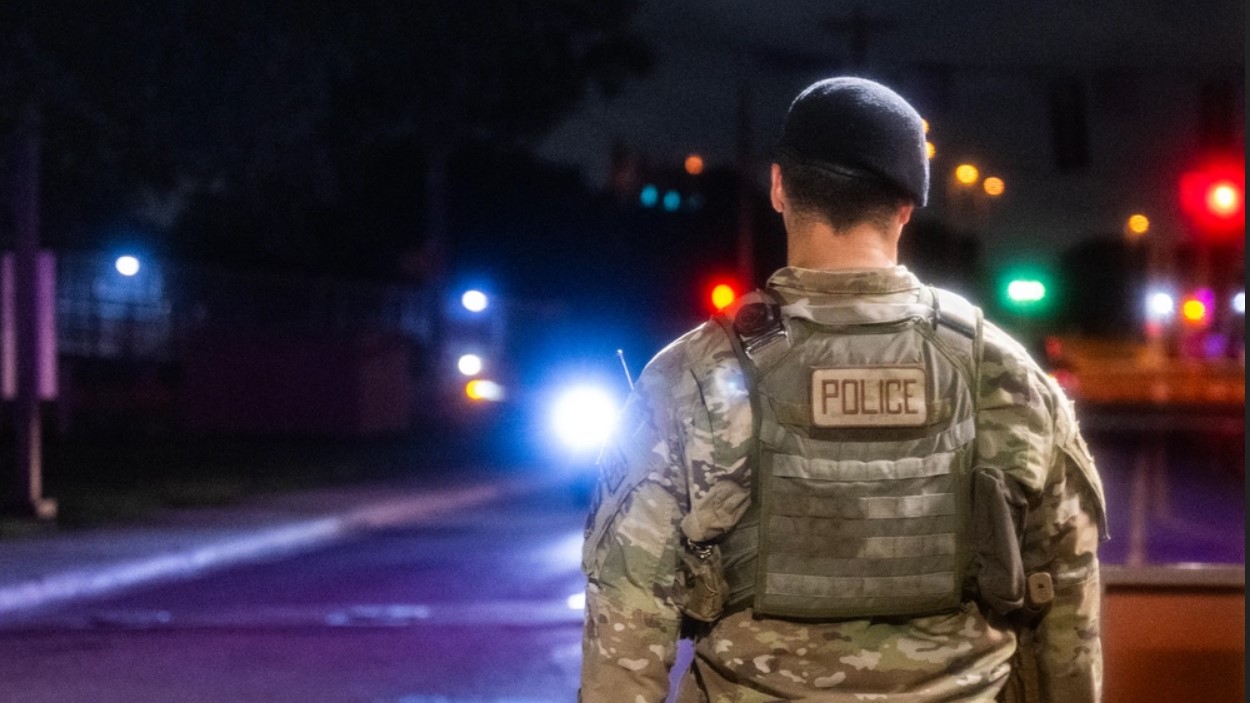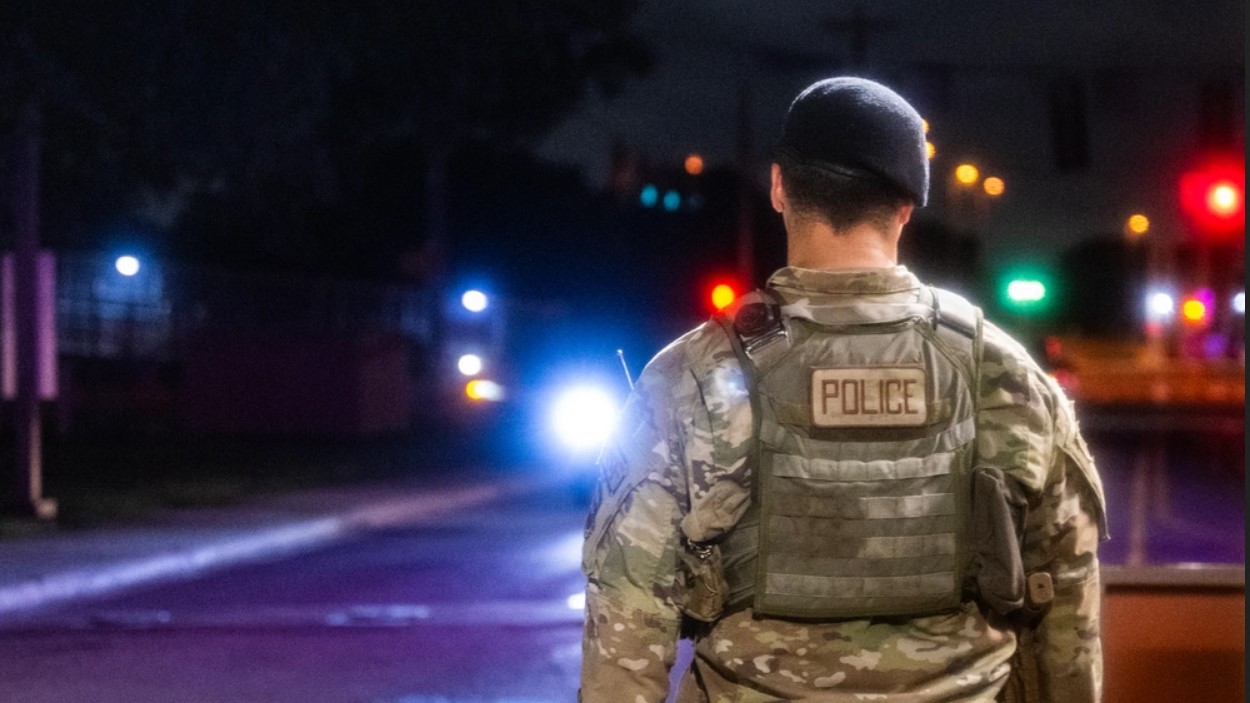

The U.S. military’s Trust Traveler program is once again in effect at bases and installations in the continental United States and Alaska. U.S. Northern Command reinstated the program after a week, following a pause in the wake of two separate terrorist attacks.
“As of 10 January, U.S. Northern Command (USNORTHCOM) has returned the use of Trusted Traveler program subject to installation commanders’ local policy,” NORTHCOM said in a statement to Task & Purpose.
The Trusted Traveler program allows military personnel or civilian Department of Defense employees with proper identification to bring guests onto bases. It relies on vetted personnel and helps reduce delays and build up at entry points at bases. NORTHCOM suspended the program on Jan. 3, after separate and unrelated attacks in Las Vegas and New Orleans on New Year’s Day.
Early on Jan. 1, U.S. Army veteran Shamsud-Din Jabbar drove a truck into a crowd in New Orleans and then opened fire before being killed in a shootout with police. His attack killed 14 people. Hours later, active-duty Green Beret Master Sgt. Matthew Livelsberger drove a rented Cybertruck in front of the Trump Hotel in Las Vegas, which exploded and set off fireworks and flammable material. Investigators said that Livelsberger, who logged his journey in advance and used AI to plan his attack, shot himself just before the car exploded. Seven people were injured in the explosion.
Both incidents are under investigation by the FBI and local law enforcement.
NORTHCOM said that the Jan. 3 restriction of the program was “implemented as a precautionary step to ensure the safety and security of personnel and installations.” It is unclear if there were any threats to bases; the two attacks were done in civilian spaces with rented cars, not on a military installation.
The suspension of the Trusted Traveler program meant that all people entering bases were subject to full identification checks, random vehicle searches and longer time being inspected at security checkpoints.
Additionally, NORTHCOM said in its statement that local commanders have the discretion to increase levels of protection and security on their bases, but they must meet the “minimum baseline Force Protection Condition.”
